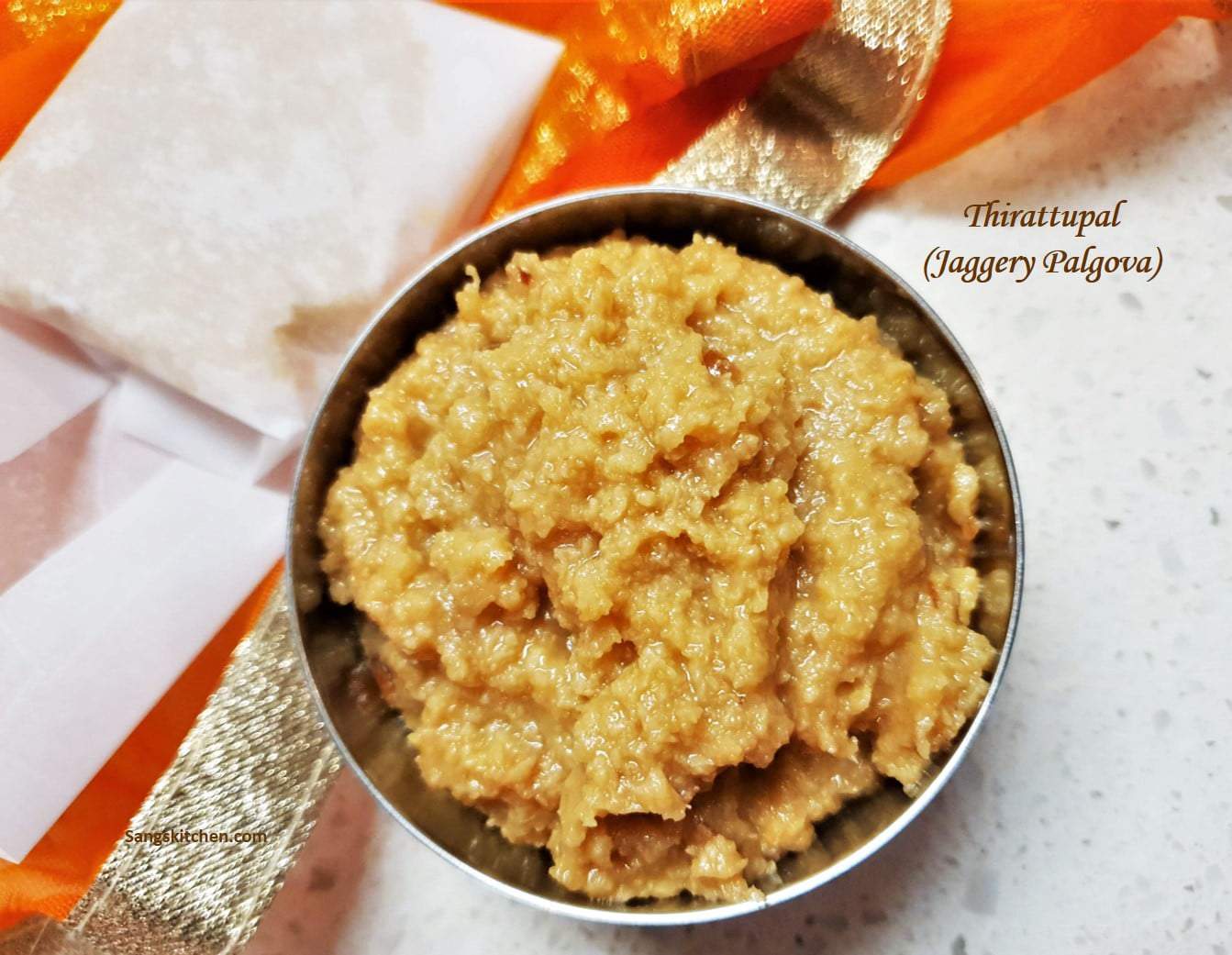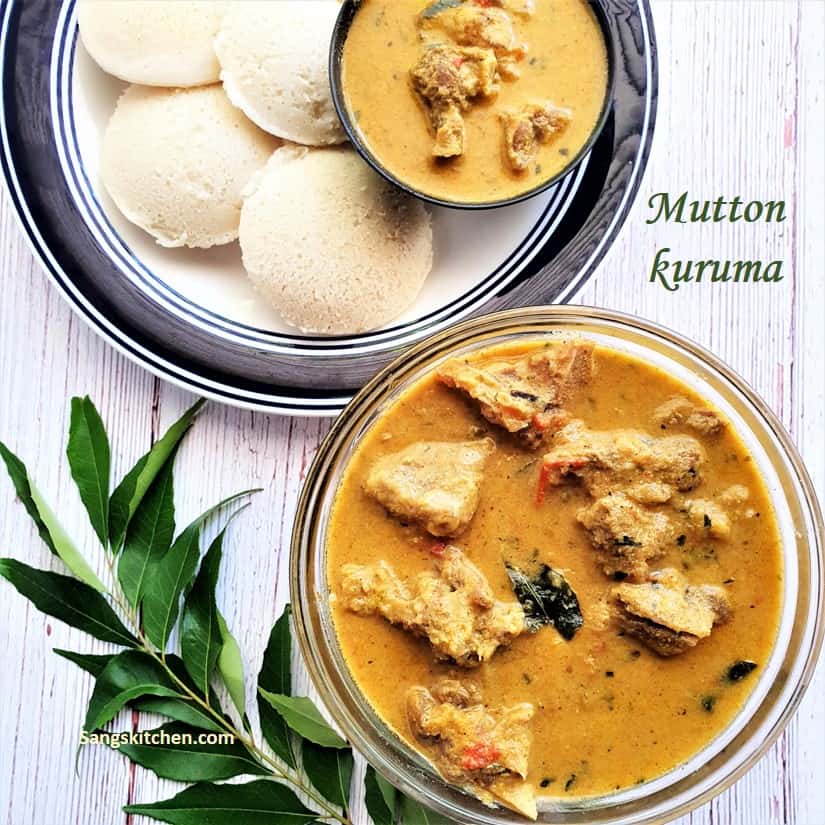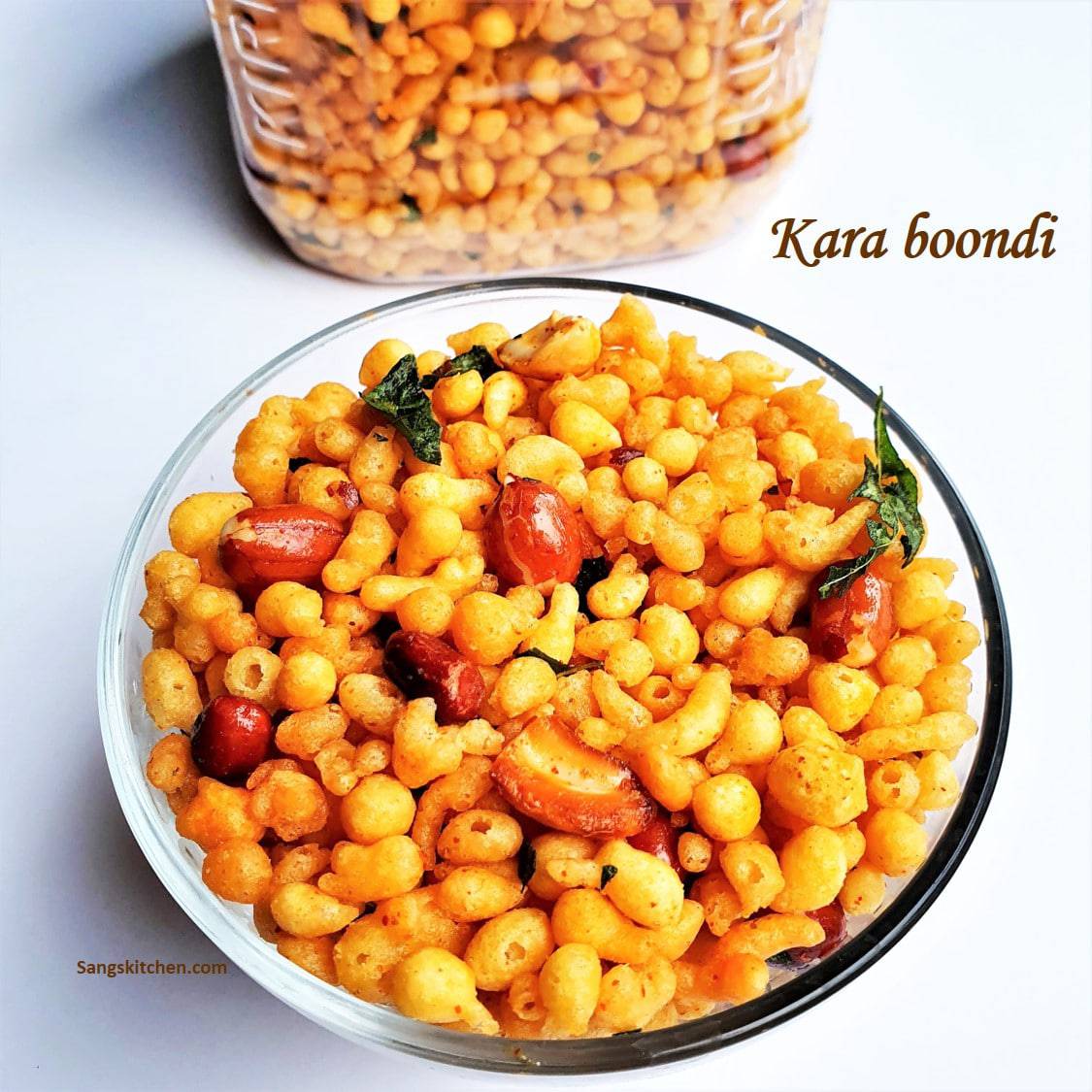How to make sweet Therattipaal
Thirattipal is an absolutely tasty traditional milk sweet using only two ingredients full-fat milk and jaggery. This jaggery palgova is popular for its scrumptious addictive taste and simplicity.
In Tamil Nadu, Srivilliputhur is the town famous for making delicious milk sweets and the king of making original Thirattipal.
When I was young palgova(yes we call it palgova not palkova) is an emotion!! Whenever we(me and my brother) do something nice my appa gets us palgova from a traditional shop. They pack it in small butter paper packs. I did the same(just to remind my childhood :)) and you can see the pack in my display picture. The glazy grainy milk solids, when mixed with sweet, will make you definitely addictive and many days we ended up fighting for who gets the next round!!… Those days even a lick on the back of the thirattupal spoon would be heavenly!… Now I feel elated when my kids do the same…
Coming to the recipe, when I mention simplicity that points to the number of ingredients and the method. You may wonder then what else is there to make it considerably difficult.
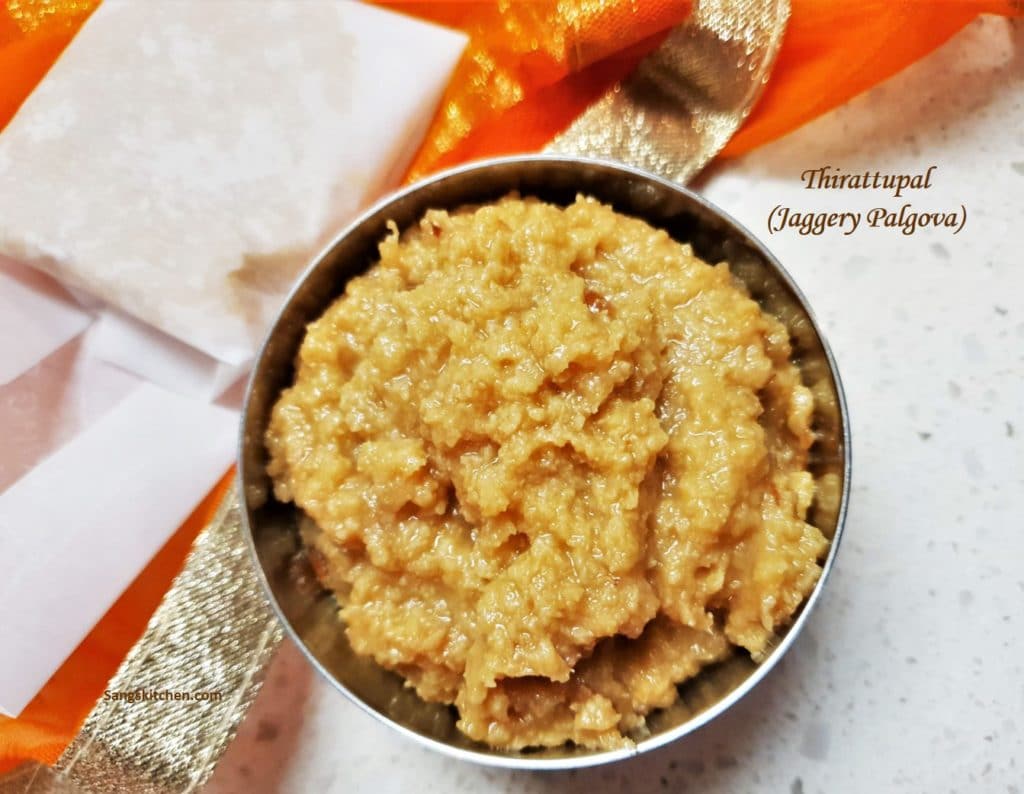
Thirattipal recipe is simple or difficult?
Both!!! Yes, u heard it right…Theratipaal is definitely simple in terms of the ingredients. Just two ingredients only to make the traditional version. Milk and jaggery. That’s all!!!… Not even ghee is used in the authentic recipe of palgova.
It is difficult because of the time taken and the laboring hand job of stirring mixing and scraping. To get a large cup of scrumptious thirattupal (around 300g), we may have to babysit for more than one hour.
But believe me, all the time and effort definitely worth it!… when you see the golden brown grainy palgova come together you will forget all the pain and will definitely fall in love with it.
How to make palgova with jaggery:
If someone asks me this question the straight simple answer would be ” Cook thick milk until it becomes solids and mix the jaggery until it comes together”. But it is not as quick as it sounds. To get the authentic thirattupal there are no shortcuts. Many days I used to wonder it is unfair getting so little amount of sweet thirattipaal after all the time and energy we spent. Yes, even two liters of milk yield just two cups of palkova. Nowadays there are many different ways and shortcuts to cut downtime. Few of them I personally like and do( condensed milk version, evaporated milk version, unsweetened readymade kova, microwave version etc). But nothing matches the traditional two-ingredient Thirattupal.
Try these sweet recipes:
Watch the video uploaded in the recipe card and please subscribe to my YouTube channel if you like to see more recipe videos.
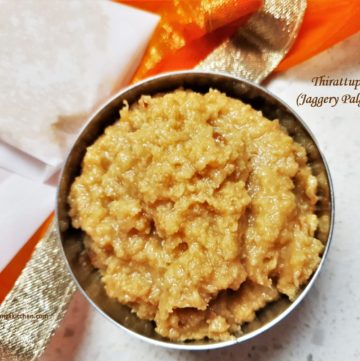
Thirattipal sweet | Jaggery Palgova | Therattipaal recipe
Equipment
- Heavy bottom pan
Ingredients
- 1 ½ lit Whole milk (Full fat milk)
- ¾ cup Jaggery powder (broken vellam)
Optional:
- 1 tsp Cardamom powder
- 2 tbsp Ghee
- 2 tsp Nuts
Instructions
Recipe to make Therattipal/Thirattupal:
- Choose a heavy bottom pan preferably a non-stick one. The heavy bottom pan maintains the heat evenly throughout the dish and doesn't get burnt easily.
- Add 1.5 lit of whole milk(full-fat milk) and start boiling.
- Keep the heat to a medium-high setting. Electric coil burner stoves may become hot slowly but stay very hot for a long time. Hence do not keep on full high.
- Keep stirring occasionally. If your pan is wide and deep and heavy you can relax a little bit during the first few minutes.
- After around 15 mins the milk starts boiling and bubbling.
- Do not stop stirring constantly. Use a wooden long spoon to avoid scratches on the pan.
- If you feel the milk is bubbling out of the pan, you can adjust the heat as and when needed.
- Soon the milk becomes thick and starts reducing in quantity. This happens after around 30 minutes of continuous cooking.
- The excess water evaporates soon and malai layers will form on the sides of the pan.
- Keep scratching the sides and the bottom of the pan to avoid burning and to collect the malai layers.
- My pan gave the milk a very mild bit of scorching which I allowed deliberately because I like the taste of caramelized effect on the milk.
- The milk after around 40 to 50 minutes of continuous cooking will reduce almost half. That is around 3/4 l of thick creamy milk.
- At this time we can reduce the heat to medium and keep cooking.
- Soon after ten minutes the moisture of the milk disappear completely and thick mawa or khova or khoya(milk solids)forms. It took 45 minutes for my milk to reach this stage.
- At this stage, add 3/4 cup of powdered jaggery(broken vellam) and mix well.
- The kova mixture becomes thin again. Continue stirring until the mixture is coming together. The mixture will tend to stick to the pan. Scrap with the ladle and do the job of collecting constantly.
- After ten minutes of doing the same, the thirattupal or therattipal is finally ready.
- The Palgova will get a glistening look because of the natural ghee it releases. Remember we didn't add any ghee to our thirattupal.
- At this stage, if you like, sprinkle few pinches of cardamom powder and some nuts and a tbsp of ghee. I wanted to show the traditional thirattipaal hence I didn't add any of these extras.
- Switch off, collect the jaggery palgova alias thirattipaal in a cup. Let it cool before storing in a closed container.
- Serve this palkova warm. I don't like the chilled version but you can try. If stored in refrigerator a few seconds of microwave heating before serving is recommended.
Video
Notes
1) Use good quality jaggery or jaggery powder. If using broken jaggery, make sure it is clean without soil/dirt, and break into fine pieces before adding.
2) Always use heavy bottom iron or non-stick pan to avoid burning the milk. And always keep a watch on the heat settings. Moreover use a wooden thin long spoon/ladle to mix to avoid scratches on the pan.
Nutrition
Recipe to make Thirattipal/Therattupal:
- Choose a heavy bottom pan preferably a non-stick one. The heavy bottom pan maintains the heat evenly throughout the dish and doesn’t get burnt easily. Add 1.5 lit of whole milk(full-fat milk) and start boiling.
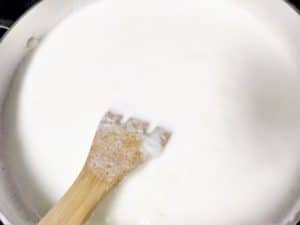
- Keep the heat to a medium-high setting. Electric coil burner stoves may become hot slowly but stay very hot for a long time. Hence do not keep on full high. Do stirring occasionally. If your pan is wide and deep and heavy you can relax a few minutes initially. Put the ladle inside to prevent milk from spilling.
- After around 15 mins the milk starts boiling and bubbling. Do not stop stirring constantly. Use a wooden long spoon to avoid scratches on the pan.
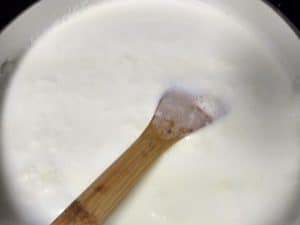
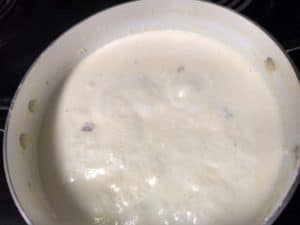
- If you feel the milk is bubbling out of the pan, you can adjust the heat as and when needed. Soon the milk becomes thick and starts reducing in quantity. This happens after around 30 minutes of continuous cooking.
- The excess water evaporates soon and malai layers will form on the sides of the pan. Keep scratching the sides and the bottom of the pan to avoid burning and to collect the malai layers. My pan gave the milk a very mild bit of scorching which I allowed deliberately because I like the taste of caramelized effect on the milk.
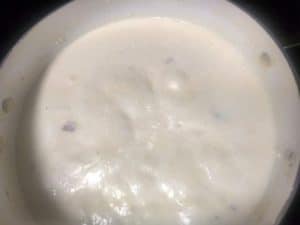
- The milk after around 40 to 50 minutes of continuous cooking will reduce almost half. That is around 3/4 l of thick creamy milk. At this time we can reduce the heat to medium and keep cooking.
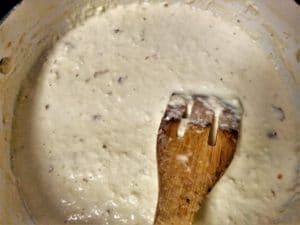
- Soon after ten minutes the moisture of the milk disappear completely and thick mawa or khova or khoya(milk solids)forms. It took 45 minutes for my milk to reach this stage.
- At this stage, add 3/4 cup of powdered jaggery(broken vellam) and mix well.
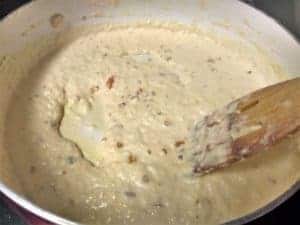
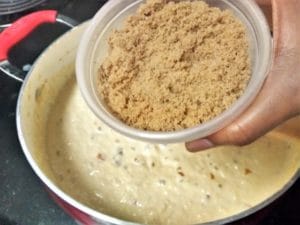
- The Kova mixture becomes thin again. Continue stirring until the mixture is coming together. The mixture will tend to stick to the pan. Scrap with the ladle and do the job of collecting constantly.
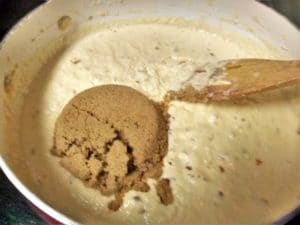
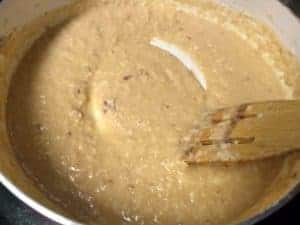
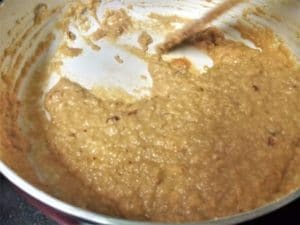
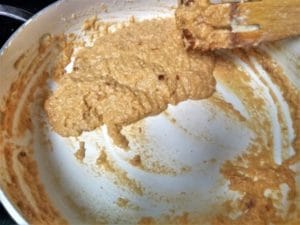
- After ten minutes of doing the same, the thirattupal or therattipal is finally ready.
- The Palgova will get a glistening look because of the natural ghee it releases. Remember we didn’t add any ghee to our thirattupal.
- At this stage, if you like, sprinkle few pinches of cardamom powder and some nuts and a tbsp of ghee. I wanted to show the traditional thirattipaal hence I didn’t add any of these extras.
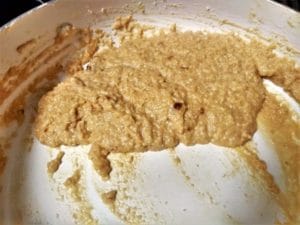
- Switch off, collect the jaggery palgova alias thirattipaal in a cup. Let it cool before storing in a closed container.
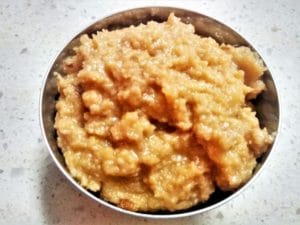
- Serve this palkova warm. I don’t like the chilled version but you can try. If stored in the refrigerator a few seconds of microwave heating before serving is recommended. You can also serve in small butter paper packs as shown in the display picture.
Tips:
1) Use good quality jaggery or jaggery powder. If using broken jaggery, make sure it is clean without soil/dirt, and break into fine pieces before adding.
2) Always use heavy bottom iron or non-stick pan to avoid burning the milk. And always keep a watch on the heat settings. Moreover use a wooden thin long spoon/ladle to mix to avoid scratches on the pan.
